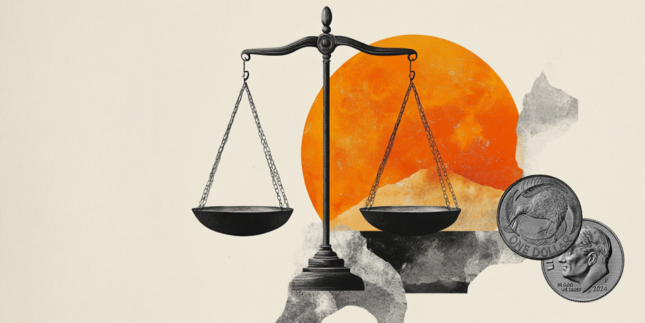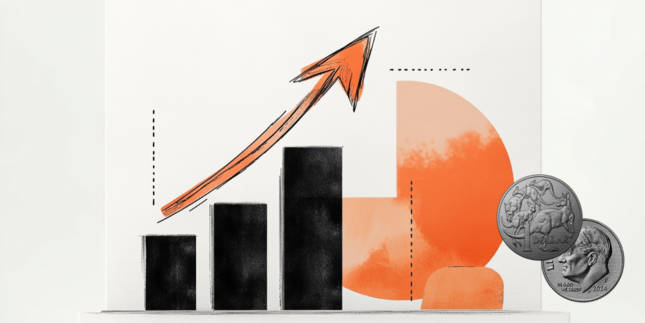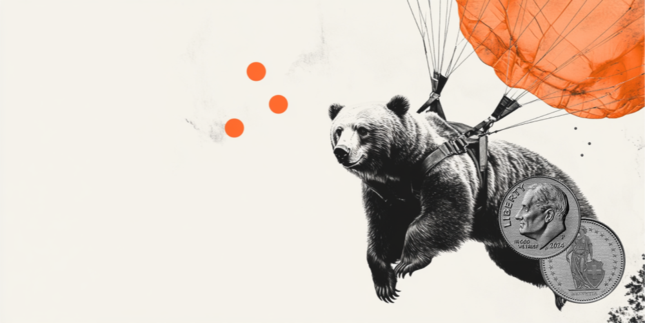Pound Sterling gains against US Dollar as Trump's tariff agenda seems less fearful
- The Pound Sterling declines against its major peers as traders price in a 25 bps interest rate cut by the BoE on Thursday.
- Investors should brace for high volatility amid uncertainty over US-China trade relations.
- The US Dollar will be guided by the US ADP Employment Change and the ISM Services PMI data for January on Wednesday.
The Pound Sterling (GBP) gains to near 1.2500 against the US Dollar in Wednesday’s European session. The GBP/USD pair advances as the US Dollar gives up its initial weekly gains as it loses risk-premium after United States (US) President Donald Trump postponed tariffs on Canada and Mexico.
Market participants have interpreted this scenario as President Trump’s negotiation tactic to close better deals with his major trading partners. Trump called for an immediate suspension of 25% tariff orders on his North American peers after they agreed to cooperate on criminal enforcement.
Still, investors are hesitant to go all-in for risky assets as a trade war between two powerhouses, the US and China, is brewing. On Tuesday, China responded swiftly to Trump’s 10% tariffs by imposing levies on various US exports, including farm equipment, some autos, and energy items such as Coal and Liquefied Natural Gas (LNG).
On the economic front, the US Dollar will be guided by the US ADP Employment Change for the private sector and the ISM Services Purchasing Managers Index (PMI) data for January, which will be published during North American trading hours.
Economists estimate the private sector to have employed 150K new workers, higher than 122K in December. Meanwhile, the Services PMI, which gauges activities in the services sector that account for two-thirds of the US economy, is estimated to have advanced to 54.3 from the former release of 54.1.
The economic data will influence market expectations for how long the Federal Reserve (Fed) will keep interest rates at their current levels this year.
Daily digest market movers: Pound Sterling declines as BoE seems to cut interest rates by 25 bps to 4.5%
- The Pound Sterling underperforms its major peers, except the US Dollar (USD), on Wednesday as investors turn cautious ahead of the Bank of England’s (BoE) monetary policy decision, which will be announced on Thursday.
- The BoE is almost certain to reduce its key borrowing rates by 25 basis points (bps) to 4.50%, with an 8-1 vote split. This would be the third interest rate cut by the BoE in its current policy-easing cycle. Monetary Policy Committee (MPC) member Catherine Mann, who has been an outspoken hawk, is expected to support keeping interest rates steady at 4.75%.
- Traders are confident about the BoE cutting interest rates on Thursday as inflationary pressures in the United Kingdom (UK) decelerated at a faster-than-expected pace in December. Inflation in the services sector – which is closely tracked by BoE officials – grew at a moderate pace of 4.4%, compared to 5% growth in November. Also, a sharp decline in the Retail Sales data for December boosted BoE dovish bets.
- Market participants are also anticipating that the BoE will cut interest rates by 56 bps this year beyond the policy meeting on Thursday.
Technical Analysis: Pound Sterling recovers to near 1.2500
The Pound Sterling extends its winning streak for the third trading day against the US Dollar on Wednesday. The GBP/USD advances to near the 50-day Exponential Moving Average (EMA) around 1.2500.
The 14-day Relative Strength Index (RSI) oscillates inside the 40.00-60.00 range, suggesting a sideways trend.
Looking down, the January 13 low of 1.2100 and the October 2023 low of 1.2050 will act as key support zones for the pair. On the upside, the December 30 high of 1.2607 will act as key resistance.
Forex News
Keep up with the financial markets, know what's happening and what is affecting the markets with our latest market updates. Analyze market movers, trends and build your trading strategies accordingly.




















